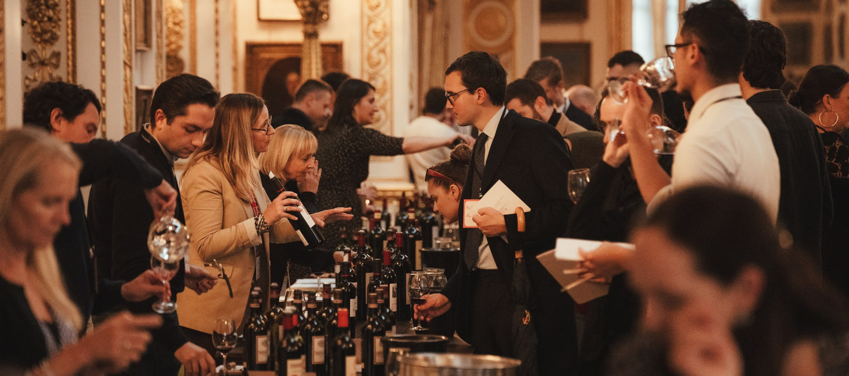Moments in Wine: France
Probably the most well-regarded wine producing country in all of history, the French story is littered with moments in wine that echo through the years.
1109: The first vines planted at Clos de Vougeot
In the early 12th century, 1109-15, the first vineyards of what will become the Clos de Vougeot are recorded as being donated to the Cistercian Order. The vineyard expands to its full size and is enclosed in 1336, by which point it is the order’s flagship Burgundian vineyard. The famous château was not added until 1551.
1224: A Wine "Battle Royale"
In 1224, French poet Henry d’Andeli composed a work called La Bataille des Vins, supposedly about a wine tasting held by France’s king Philip Augustus. The king gathered 70 wines from across Europe to see which was best. ‘Celebrated’ wines included those from Chablis, Saint-Bris and Chablis, while those ‘Excommunicated’ included those of Le Mans, Rennes and Beauvais. The overall winner, however, was a sweet wine from Cyprus.

1395: Phillip the Bold backs Pinot in Burgundy
In 1395, Duke Philip the Bold of Burgundy issues his famous decree calling for the uprooting of a ‘disloyal’ new variety called ‘Gaamez’ (today known as Gamay), on account of its ‘very great and horrible harshness’ and in order to promote the production of Pinot Noir. The variety, an offspring of Pinot Noir, had possibly emerged in the village of Gamay in the early-to-mid 1300s.
1635: First reference to Cabernet Sauvignon in Bordeaux
In 1996, DNA typing discovers the true origins of Cabernet Sauvignon – identifying its parents as Cabernet Franc and Sauvignon Blanc. It was probably the result of a natural crossing in the Bordeaux region in the 17th century, but there is disagreement as to its first reference in the historical record, which may be as early as 1635 or as late as 1770.

1855: Bordeaux Classification established
In 1855, Napoleon III requested a classification system for Bordeaux’s best wines for the Exposition Universelle de Paris. Wine brokers from the city drew up a list, ranking the estates from first to fifth growths based (largely) on their trading price. The list remains the benchmark classification for Bordeaux’s top estates to this day and has only had one major change, when Château Mouton Rothschild was promoted from a Second to First Growth in 1973.

1858: Phylloxera devestates Europe
The increased speed of transatlantic crossings led to the introduction of the louse to Europe in the 19th century. Thought to have arrived in 1858, the first record of it is in the Languedoc in 1863. The louse would go on to devastate French and many other European wine regions, leading to the practice of American root grafting to counter it.
1936: Rhone first region granted appellation status
Unregulated wine adulteration in France in the late 19th and early 20th centuries, led to calls for stricter laws protecting designations of origin – the first of which dates to 1905. Thirty years later, the Comité National des appellations d’origine (now the INAO) was created to oversee the certification of wine regions. Châteauneuf-du-Pape in the Rhône became the first French region granted appellation status in 1936, just ahead of Arbois in Jura.
